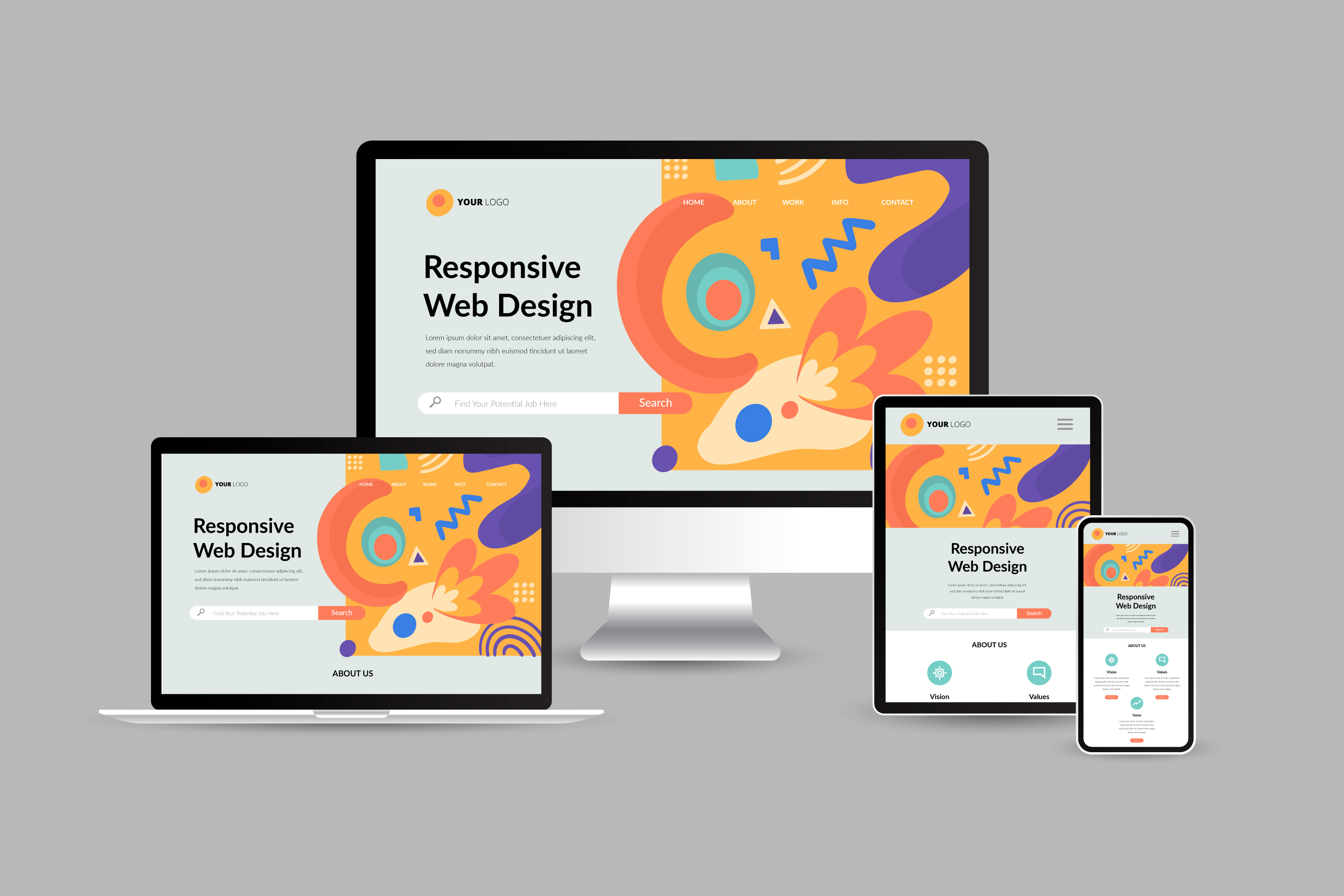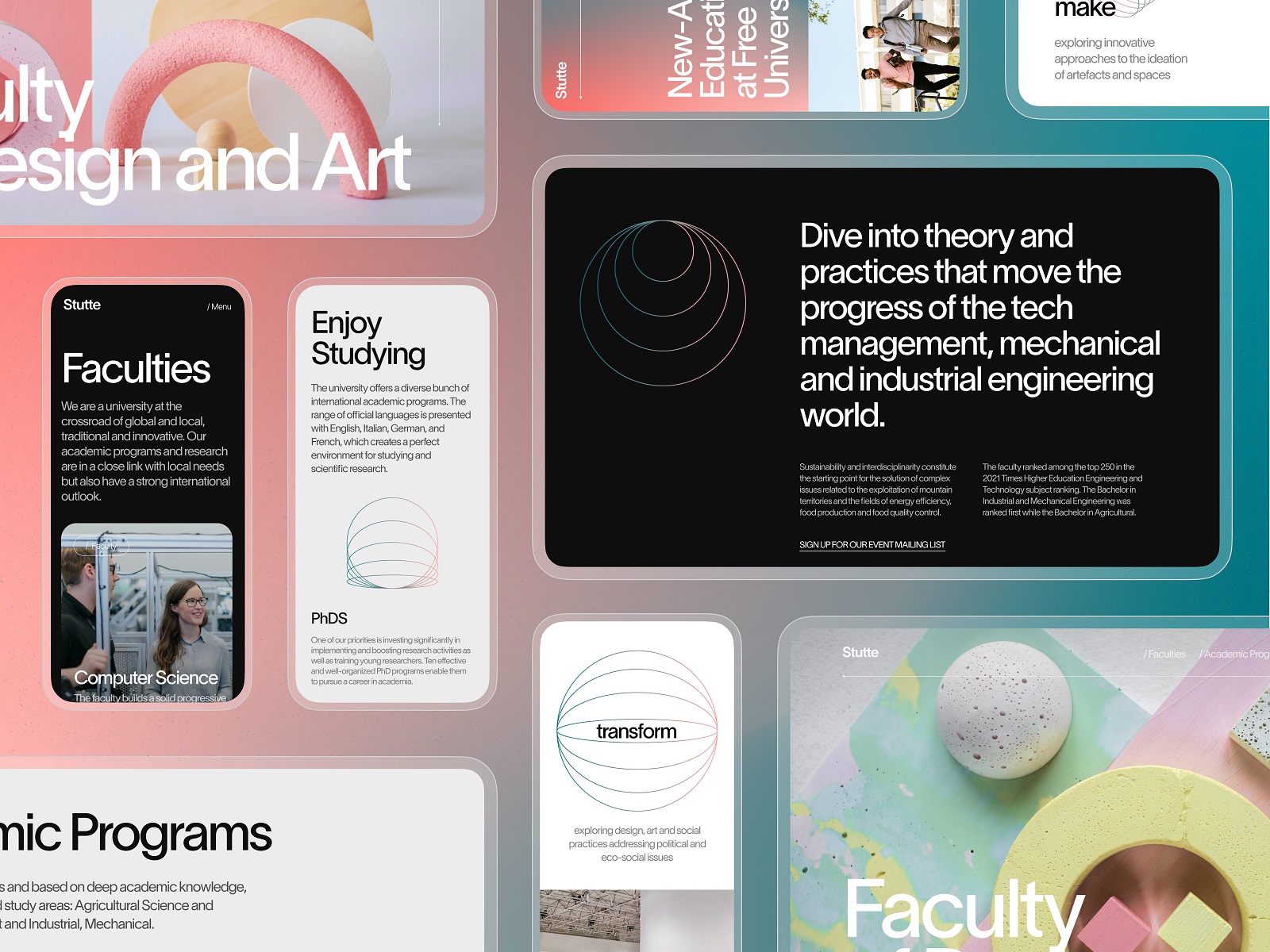
Crafting a User-Friendly Experience: Essential Elements of Reliable Web Site Layout
Vital elements such as a clear navigating structure, receptive design concepts, and fast packing times serve as the foundation for involving individuals properly. Comprehending the hidden aspects that add to effective layout can shed light on exactly how to boost individual contentment and interaction.
Clear Navigating Structure
A clear navigation framework is fundamental to efficient internet site style, as it straight influences customer experience and engagement. Individuals need to be able to find info easily, as user-friendly navigating reduces stress and encourages exploration. An efficient layout allows visitors to comprehend the partnership between different web pages and web content, leading to longer site brows through and enhanced communication.
To attain quality, designers ought to utilize acquainted patterns, such as leading or side navigating bars, dropdown food selections, and breadcrumb tracks. These components not only boost usability however likewise give a feeling of orientation within the site. Furthermore, keeping a consistent navigation structure across all pages is important; this experience assists customers expect where to discover preferred info.
Additionally, integrating search capability can further help users in situating specific material quickly. In recap, a clear navigating structure is not just a design selection; it is a tactical aspect that significantly influences the overall success of an internet site by promoting a reliable and pleasurable user experience.
Responsive Layout Principles
Efficient internet site navigation establishes the phase for a seamless individual experience, which comes to be a lot more critical in the context of responsive layout concepts. Responsive style makes certain that sites adjust fluidly to numerous screen sizes and positionings, boosting ease of access throughout devices. This flexibility is achieved through versatile grid layouts, scalable photos, and media queries that enable CSS to change designs based upon the tool's features.
Key principles of responsive design include fluid layouts that utilize percents as opposed to repaired units, guaranteeing that aspects resize proportionately. Furthermore, utilizing breakpoints in CSS makes it possible for the layout to change efficiently in between different gadget sizes, enhancing the design for every display kind. Using receptive pictures is likewise crucial; images should automatically get used to fit the screen without shedding top quality or creating format changes.
Furthermore, touch-friendly interfaces are essential for mobile users, with effectively sized switches and user-friendly motions improving individual interaction. By integrating these concepts, developers can produce sites that not only look cosmetically pleasing however likewise provide functional and interesting experiences throughout all tools. Ultimately, effective receptive style fosters customer fulfillment, reduces bounce prices, and motivates longer involvement with the content.
Rapid Loading Times
While individuals increasingly anticipate internet sites to pack quickly, quickly loading times are not simply a matter of ease; they are vital for retaining site visitors and improving total user experience. Study indicates that customers usually abandon internet sites that take longer than three secs to load. This abandonment can bring about boosted bounce rates and reduced conversions, ultimately hurting a brand name's credibility and earnings.
Fast packing times boost individual involvement and satisfaction, as visitors are more probable to check out a website that responds quickly to their communications. Furthermore, internet search engine like Google prioritize speed in their ranking formulas, suggesting that a slow site might struggle to accomplish exposure in search outcomes.

User-friendly Interface
Quick packing times prepared for an appealing online experience, however they are only part of the equation. An intuitive interface (UI) is important to guarantee visitors can browse a web site easily. A well-designed UI allows customers to attain their purposes with Bonuses marginal cognitive lots, promoting a seamless communication with the website.
Secret elements of an instinctive UI consist of consistent format, clear navigating, and recognizable symbols. Uniformity in design components-- such as color design, typography, and switch styles-- helps users recognize how to connect with the web site. this contact form Clear navigation frameworks, including sensible menus and breadcrumb routes, enable customers to discover details quickly, decreasing disappointment and enhancing retention.
In addition, feedback systems, such as hover effects and packing indicators, notify customers regarding their actions and the web site's response. This transparency grows count on and urges continued interaction. In addition, prioritizing mobile responsiveness makes certain that users take pleasure in a natural experience across gadgets, accommodating the diverse methods target markets access material.
Accessible Content Guidelines

First, utilize uncomplicated and clear language, staying clear of lingo that may confuse viewers. Stress appropriate heading structures, which not only help in navigation but also aid display visitors in interpreting material pecking orders efficiently. Additionally, give different message for pictures to convey their definition Find Out More to customers who count on assistive modern technologies.
Contrast is another crucial element; ensure that message sticks out against the history to improve readability. Moreover, make certain that video and audio content consists of subtitles and records, making multimedia easily accessible to those with hearing disabilities.
Lastly, include key-board navigability into your style, permitting users that can not use a computer mouse to accessibility all site attributes (website design). By adhering to these easily accessible web content guidelines, internet developers can create inclusive experiences that accommodate the demands of all individuals, ultimately enhancing customer engagement and satisfaction
Verdict
To conclude, the combination of crucial elements such as a clear navigation structure, responsive design principles, quick packing times, an user-friendly customer interface, and accessible content guidelines is important for creating an user-friendly website experience. These elements collectively enhance usability and interaction, guaranteeing that individuals can effortlessly navigate and interact with the website. Focusing on these style aspects not only improves total satisfaction but additionally cultivates inclusivity, fitting diverse user needs and choices in the electronic landscape.
A clear navigation structure is fundamental to effective internet site layout, as it straight influences individual experience and involvement. In summary, a clear navigating structure is not just a style option; it is a tactical component that dramatically influences the general success of a site by promoting a efficient and enjoyable user experience.
Moreover, touch-friendly user interfaces are important for mobile users, with properly sized switches and user-friendly motions improving user communication.While users significantly expect websites to pack quickly, quickly loading times are not simply a matter of comfort; they are important for preserving visitors and boosting overall customer experience. website design.In final thought, the integration of crucial elements such as a clear navigating structure, responsive layout principles, quick loading times, an user-friendly customer interface, and available material guidelines is essential for creating a straightforward site experience